Heard City: A New NYC Facility Rethinks Audio Post
FLATIRON DISTRICT, MANHATTAN: Can you feel it? The 4th of July is just past…but revolution remains in the air.
The uprising is stemming from a sonic sector that seemed to have grown more or less predictable – to the comfort of clients and facilities alike. But even audio post has its time to change, and make a jailbreak from the mold. In New York City, that time is now.
The epicenter for what may be a welcome new era? It’s in the Flatiron District, in a new set of mix suites that calls itself Heard City. What they do – mixing and sound design for TV, commercials, and film — may be familiar, tried and true, but how they go about it is another story entirely.
While Heard City’s revisionist workflow may not be the shots heard ‘round the world, it points to a new direction in an industry that, frankly, could use some shaking up.
Timing is Everything
In NYC’s busy but embattled audio post scene, news flashes of late have been pretty much confined to one of two storylines: a) Mixer switches to a new facility, or b) facility goes out of business.
With the increasing need for established audio post houses to recruit mixers with a “following,” i.e. a devoted and dependable clientele that would work with them wherever, crosstown moves by the city’s most talented pros come as no surprise. And with what’s politely called “downward pressure” on pricing for audio post services – caused by everything from in-house mix suites at ad agencies to reduced production budgets – mass casualties of decades-old post houses have been a fact of life.
So eyebrows raised this past January when the in-demand mixer Phil Loeb left behind his partnership position at Sound Lounge, along with top Sound Lounge mixer Keith Reynaud, and announced that they would be starting their own audio post venture with another industry veteran – Gloria Pitagorsky – as Managing Director. The scale of their plans appeared as grandiose as they were counter-intuitive: a 7,000 sq. ft. multi-room facility in the fashionably expensive heart of the Flatiron.
But just seven months later Heard City has five fully-equipped suites, six mixers, a staff of 12, a beautifully appointed habitat, and – most importantly – a bustling schedule of blue-chip clients including Budweiser, IBM, NFL, Google, ESPN, AT&T, Time Warner Cable, Microsoft, American Express, Dish Network, and Target.
Now it looks like this ambitious trio’s timing wasn’t insane. It was right on.
“It was a perfect confluence of human energy and technology,” says Loeb of the group’s decision to go their own road this year. “Now is a good time because we’re young – except me, I’m the adult! — we have a lot of energy, and there were a lot of sharp people we knew waiting for an opportunity. And with the Pro Tools HDX system, technologically, it couldn’t be a better moment.”
Loeb was a member of the original Sound Lounge team since 1998; Reynaud was on board there since 2002; and Pitagorsky had turns at audioEngine, Nutmeg, and HSR before a stint at Sound Lounge introduced the executive to her future partners. So this is a crew that understands full well the perils of opening a large audio post facility when others are closing.
“What’s risky about this move?” says Loeb. “Of course, there’s the overall economy: Everyone in this business worries something could happen which would be destabilizing to our corporate clients. The ad agencies, film and TV production companies, and editorial companies are also building in-house facilities. And simply being involved in such a big investment, in both time and money, would feel risky to anyone.
“But I feel if we continue to do the quality of work that is both creatively and technically great, our clients will continue to work with us.”
“Whether the medium is TV, film, or the Web, directors still want to produce a high-quality product,” Pitagorsky adds. “When it comes to graphics, visuals, or sound, they still want to reach out to people who can deliver the high end, and we like to think we’re on that list. The demand for that will never diminish. Budgets may be all over the place, but the desire to be involved in great work is why we do this.”
Team Workflow
Classic sentiments, to be sure, and quality never goes out of style. But at the core of the Heard City founders’ desire to start their own boutique was their recognition of room for innovative new angles – by evolving some of what had been unchanged in audio post for decades, Loeb, Pitagorsky, and Reynaud also sensed a tantalizing opportunity.
The first thing that meets the eye at Heard City’s expansive space is the clean, natural lines of architect Wayne Turett and Brooklyn-based design firm Brook Landscape. Sunlight, natural wood, unconventional wall surfaces, custom furniture, and reclaimed materials distinguish the expansive loft boutique as a particularly comforting place to work.
But the feng shui is strictly a complement to Heard City’s highly flexible workflow, which sees six mixer/sound designers constantly rotating through five identically-equipped suites. The result is an environment that ditches the top-heavy star-mixer system in favor of something far more democratic, where collaborative audio teams spring up spontaneously around a project and speed their way to an inspired result.
“In Heard City, we are all ready and willing to pitch in on any project — each mixer is not his or her individual business,” says Loeb. “In a creative environment, we believe that our clients will get the best product if we collaborate, cooperate, and share projects. In our system, people bring their best to a multifaceted project – one person does the music editing, another does the dialogue editing, another does sound design. We can put our best three or five mixers on one job. Clients who come here realize it’s a team effort, and that’s what makes our place special.”
Mixer/sound designers Jodi Levine, Evan Mangiamele, Cory Melious, Brian Scibincio, and Eric Warzecha all demonstrated that they were on the bus before being hired full-time at Heard City.
“We want mixers and sound designers who are flexible, who understand our way of working, and understand they’ll be moving from room to room,” Loeb explains. “They get that this isn’t about the owner of the company having the biggest room and the nicest console – it’s about what’s best for the clients. The engineers are putting their egos aside, so we can do the best possible work.”
Picks to Mixture
After an optimum software/hardware workflow was agreed on by the Heard City team, Mangiamele stepped up to implement a uniform configuration in the mix suites.
The result is Avid Artist Control Surfaces in all the rooms (except the “Cinema Room,” which has a 24 fader D-Command) running Pro Tools 10 HDX, and plugins including the Waves Mercury bundle, Izotope RX2 noise reduction suite, Altiverb Convolution Reverb, Audioease Speakerphone, and Native Instruments Komplete Ultimate. Meanwhile, outboard includes GML 8300 Transformerless Mic Pres, Empirical Labs Distressors, and Avid Eleven Rack.
“Our philosophy from the beginning is to have rooms with total parity, so that everyone has all the same tools as everyone else – 100%,” notes Mangiamele. “A project may start in one room, but it can move very easily to another one if needed. Every room is set up the same – all the buttons are in the same place, and Input One is Input One no matter which suite you’re in. So you don’t have to think about it all. You’re just at home.
“Everything is facilitated by having a big Linux server connected via fiber so sessions can move back and forth very quickly. As a result, mixers/sound designers can pick up another person’s sessions, and we can also see what the rest of us are doing. Most of us have worked together for a long time, we’re very familiar with the way the others work, and we frequently bounce ideas back and forth: ‘What are you using for a reverb? Or a compressor?’ This system makes it really easy for all of us to work together.”
The all-important speakers in the mix suites, which were tuned by NYC-based acoustician Chris Harmaty, are towering B&W 800 series units that are more commonly found in mastering facilities. “We like to think of what we do as mastering for TV,” says Mangiamele. “We’re the last step in the chain, so we want the clearest, most transparent speakers. A lot of people I’ve talked to call this overkill for commercial rooms. They have a point, but that’s one area where we didn’t want to sacrifice quality.”
Mangiamele acknowledges that getting everyone on the same page about equipment choices and workflow techniques was by no means automatic. “It was a process. But the mixers pow-wowed for a couple of months, and as a group we all decided what would be best. Some of us made compromises, but we were all very open and excited to get working in here. It can take a day or two to learn a new control surface – that’s OK. The little compromises are worth the parity we achieved in the rooms.”
Taking The Long View
What makes the six-mixer-to-five-rooms ratio particularly integral to the Heard City setup is a corporate culture that emphasizes balance between work and living. By acknowledging a world outside of the mix suite, the company’s founders believe that they’ll encourage maximum creativity and results in the long run.
“You work hard, you do great work, but you live life,” says Pitagorsky. “If you want to check out for a week and go with your family to another state, you do that. Our clients understand that, and that’s part of the trust they have in us – that any mixer you work with here is great.
“That outlook puts people in a good head. Yes, we have a number to make, but it’s not about pressure to go and hustle. Instead, this is a collaborative approach to the business model.”
Or course, Zen will only go so far in the ever-intensifying field of NYC audio post. Anyone involved better have a portion of themselves that eat, sleeps, and breathes this competitive sonic craft – and that attitude pervades Heard City.
“As I’ve worked more and more in audio post, I’m increasingly attached to my clients,” Phil Loeb says of his personal motivation to excel. “It’s exciting to see people’s creative vision coming to fruition. Whether it’s a simple mix of music and VO, or a more complicated sound design, I like accomplishing things for people. To see a campaign we worked on win at Cannes, the One Show or any industry award – that to me is very fulfilling.
“Also, in audio post today we’re not just doing the mixing or sound design anymore: We get to be, in some ways, the audio director. So every mix is different, every job is different, and the velocity at which we have to complete these jobs – and put on our creative-thinking caps – keeps quickening. That’s very stimulating.”
Launched in 2012 with a blank slate and a clear vision, it’s intriguing to see the updated model that Heard City’s founders have launched.
Only time will tell if their gamble pays off in the long run.
In the meantime, be assured that the rest of the audio post world – and the choosy production community it serves – will be watching and listening very carefully.
— David Weiss
Please note: When you buy products through links on this page, we may earn an affiliate commission.







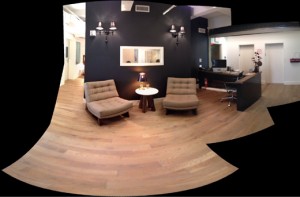
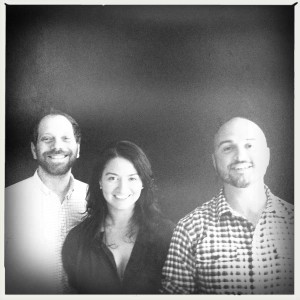
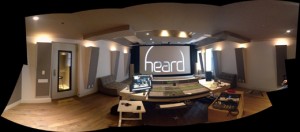
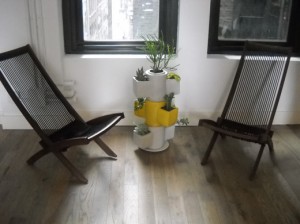
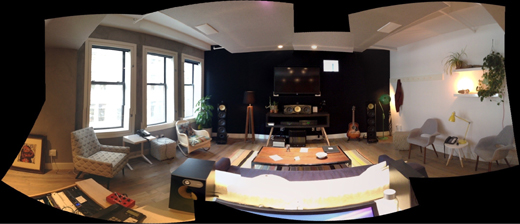
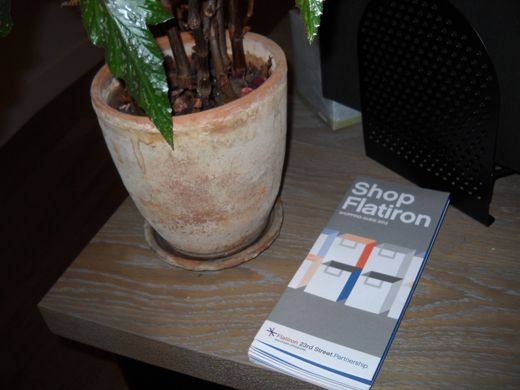
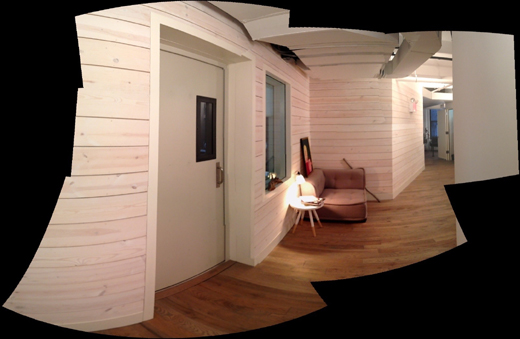
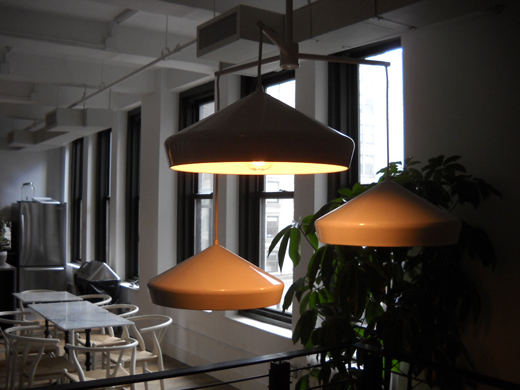
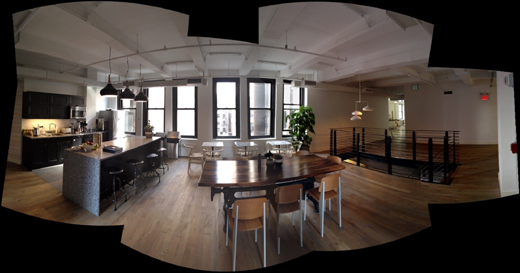
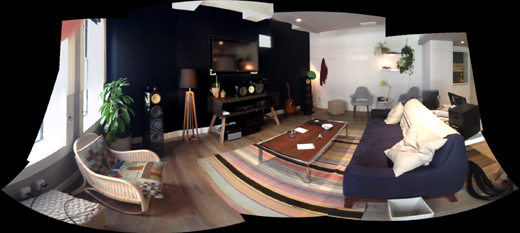
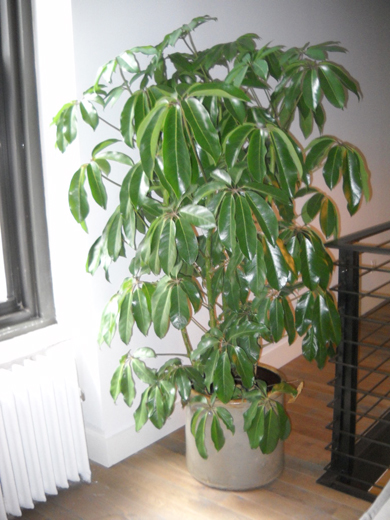
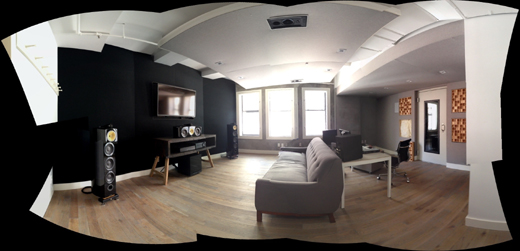
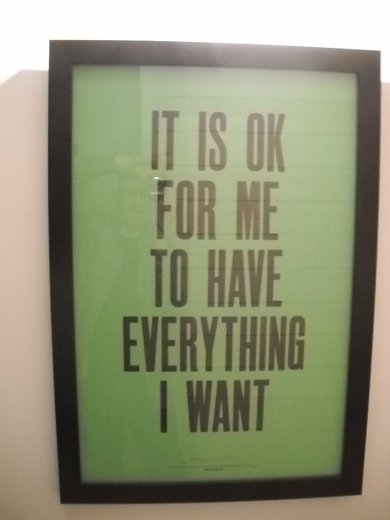
Guest
July 10, 2012 at 3:05 am (12 years ago)Oh come on, this is hardly re-thinking audio post! I worked for a large audio post house in London who were doing this 15 years ago and many other London studios I know do the same. It’s just different to Sound lounge where they all came from.
Adguy01
July 10, 2012 at 12:00 pm (12 years ago)Nice, but what this article fails to mention is that Heard City is in reality owned by director/entrepreneur Peter Corbett and shares space with his Click 3X facility. It’s the same old, same old; mixer builds up client base, finds someone with deep pockets and starts new facility. All I see here is SoundLounge V2.0.
Guest
July 10, 2012 at 2:05 pm (12 years ago)same people. different space.
Info
July 11, 2012 at 3:13 pm (12 years ago)This article is just wrong. As stated below, this is owned by Peter Corbett, who is an old time sound guy that moved away from sound, but is now back in it. This is hardly Phil and Keith’s studio. Old people, new space with technology that isn’t that special and is very commonplace.
Annette Suarez
July 12, 2012 at 4:57 pm (12 years ago)Yes, same GREAT people, different space. I can’t wait to work there.
filmrave
July 12, 2012 at 7:11 pm (12 years ago)There’s absolutely nothing new here. ‘Sonicscoop’ seems to be slowly going downhill the PR slippery slope.
filmrave
July 12, 2012 at 7:11 pm (12 years ago)There’s absolutely nothing new here. ‘Sonicscoop’ seems to be slowly going downhill the PR slippery slope.
Agencyfella
July 12, 2012 at 9:44 pm (12 years ago)Wow. Why all the haters? Not too many great options for audio out there. We can use another. I’ll definitely try Heard. Who cares who owns them? As long as they do a kick ass job. Sounds like a lot of jealous angry people in the comment section. Maybe some Sound Lounge peeps is my guess.
SarahG4120
July 12, 2012 at 9:50 pm (12 years ago)I’ve worked with these guys at Heard. Beautiful space and awesome client service. They seem to have done a nice job over there. I’ll definitely be back. I’ve worked all over the city and the vibe there is definitely different. It’s buzzing!
Richiespoons1
July 13, 2012 at 3:01 am (12 years ago)Not haters of the guys at Heard at all, I’m sure they are v. good at what they do and I’ve not worked at Sound Lounge. It’s just the title of the piece that gets me. There is no rethinking audio post at all there. This is just Heard’s PR taking over sonic scoop.
Johnnypost
July 13, 2012 at 6:23 am (12 years ago)This business is based on personal relationships and trust like most. These guys have that. But there is a lot of post houses in the city that are a lot less expensive with a lot less over head that can do as good if not better work. The market will dictate whether all that overhead is really worth it. There will alway be a need for a high end shop for ad agencies to piss money away in. But talent and quality in audio are noticed only by the very best producers. Booking time at an expensive place like Heard or Sound Lounge does not guarantee your product will be the best it can be but since lemming ad agency producers flock to these kinds of places to blow wads of their clients money we wish them the very best of luck.
David Weiss
July 13, 2012 at 3:02 pm (12 years ago)Thanks to everyone who’s left a comment on this article. I’ve been interested to see several posts that indicate skepticism over the innovative nature of what’s at Heard City.
I have been visiting audio post facilities in NYC (and elsewhere) since 1999. Heard City is the first one I have seen that was designed from the ground up to accommodate a 100% team-based workflow for mixing, editing and sound design. While other facilities may eventually have grown into this style of working, I haven’t seen another in the area that started with this philosophy from Day One.
From what I saw in my visit, that thinking influenced a room design where each room is laid out and controlled in exactly the same way, room to room. Uniformity among suites is not unheard of, but when this concept is combined with a Pro Tools 10 HDX system — which was introduced Q4 of 2011 — and a fiber network sharing system, you start to see a facility design that is, by nature, most assuredly different than anything else I’ve seen in NYC audio post. Especially on this scale, and with no retrofits.
If there are other audio post facilities in NYC that have all of the above characteristics, please let me know. I’d like to meet the people and see the space!
In the meantime, to anyone who says, “There’s nothing new here,” I say, actually, there’s nothing OLD here.
filmrave
July 13, 2012 at 4:44 pm (12 years ago)David, you write like this ‘new’ facility is like the second coming. Alas, it’s PR blurb and nothing else. Somebody installs identical rooms? Now, that is exciting…..but not really. Call PR what it is, PR, call an AD what it is. But please, don’t pretend, that just sucks.
Regarding ‘workflows’: workflows come and workflows go and then they’ll come again and then go again and so on…that does NOT change the fundamental work that is done. In the end It’s just like a barber shop renting out identical booths: Sylvia’s not in today, but Michelle will help you. Hey, but it’s the only barbershop that uses this totally new HD2 ceramic scissors – so it IS revolutionary.